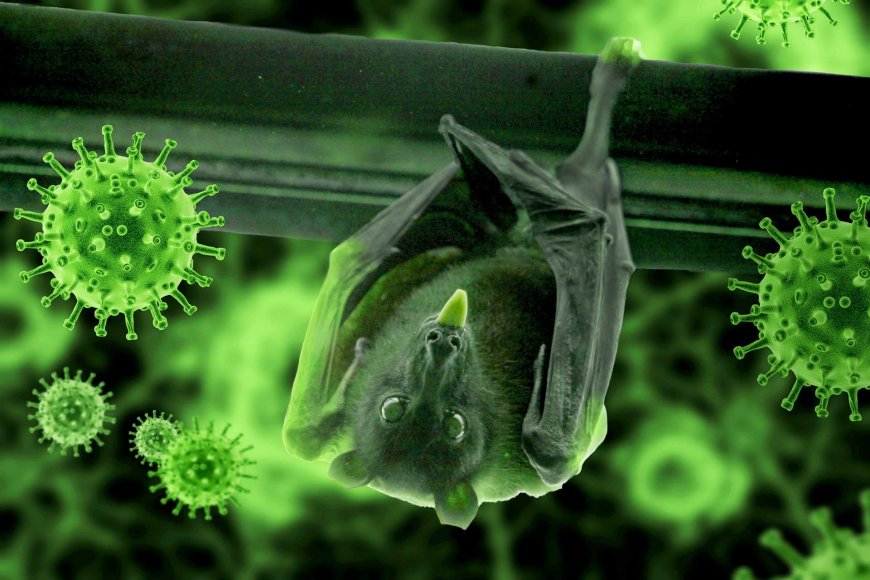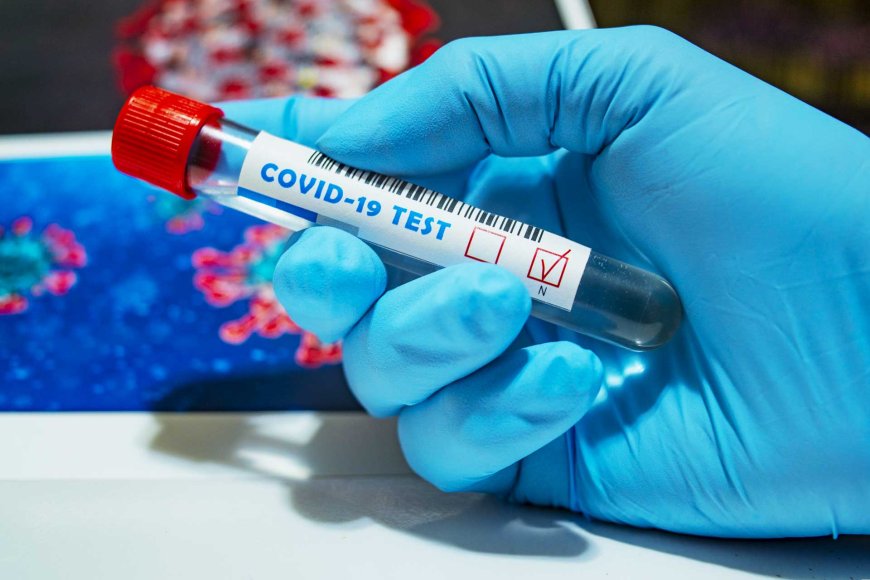New Bat Coronavirus Discovered at Wuhan Lab
Researchers at the Wuhan Institute of Virology have identified a novel bat coronavirus, HKU5-CoV-2, which shows the ability to bind to human cell receptors. Although it does not penetrate human cells as effectively as SARS-CoV-2, its discovery underscores the importance of vigilant zoonotic virus surveillance.

HKU5-CoV-2 Emerges with Potential for Human Transmission
Recent research at the Wuhan Institute of Virology, part of the Chinese Academy of Sciences, has unveiled a new bat coronavirus that could potentially infect humans. The discovery, detailed in a paper published in the life science journal Cell on the 18th, has drawn considerable attention both for its similarities to the COVID-19 virus and for its connection to previous coronavirus outbreaks.

Discovery of HKU5-CoV-2
Chinese researchers working at the Wuhan Institute of Virology announced the identification of a new bat coronavirus, officially designated as HKU5-CoV-2. The breakthrough was first reported by the Hong Kong newspaper South China Morning Post on the 21st. According to the report, the discovery came through rigorous laboratory testing and genomic analysis of bat samples collected over several years. The research team, led by the renowned Dr. Shi Zhengli—affectionately known in China as “Batwoman”—has a long-standing reputation in the study of bat viruses.
The new virus was isolated from bat populations, and its genetic sequence suggests that, much like SARS-CoV-2 (the virus responsible for COVID-19), HKU5-CoV-2 has the capacity to interact with human cell receptors. However, despite these similarities, the virus is currently confined to the laboratory setting and has not been detected in human populations.

Laboratory Findings and Scientific Insights
The research team’s findings indicate that while HKU5-CoV-2 can bind to human receptors, it does not do so with the same efficiency as SARS-CoV-2. This distinction is crucial in assessing the potential risk that the virus could pose if it were to jump the species barrier. According to the study, the virus’s ability to penetrate human cells is limited compared to that of the COVID-19 virus, suggesting that the current risk of a widespread outbreak may be lower than initially feared.
Researchers emphasized that their discovery was made under controlled laboratory conditions and that the virus had not been observed in any human samples. The scientists cautioned against exaggerating the potential threat, noting that while the virus possesses the molecular tools needed for cross-species transmission, there is no evidence at present to suggest it is on the verge of causing an epidemic.

Comparisons with Other Coronaviruses
HKU5-CoV-2 shares several key features with other known coronaviruses. Notably, it is closely related to the group of viruses that cause Middle East Respiratory Syndrome (MERS). MERS, first identified in 2012, resulted in around 2,600 confirmed cases worldwide, with a fatality rate of approximately 36%. The association with MERS adds an extra layer of complexity to the risk assessment, as it underscores the potentially severe impact of zoonotic coronaviruses on human health.
Despite these similarities, scientists remain cautiously optimistic. They have pointed out that the ease with which HKU5-CoV-2 can penetrate human cells is notably less than that of SARS-CoV-2. This suggests that, while the virus exhibits concerning characteristics, it may not have the same propensity for rapid human-to-human transmission observed during the COVID-19 pandemic.

The Role of the Wuhan Institute of Virology
The Wuhan Institute of Virology has long been at the center of global discussions regarding the origins of SARS-CoV-2. The discovery of HKU5-CoV-2 further emphasizes the institute’s leading role in the field of coronavirus research. Under the guidance of Dr. Shi Zhengli, the institute has conducted extensive research into bat coronaviruses, contributing significantly to the global understanding of these viruses and their potential to jump species barriers.
This research not only adds valuable data to the scientific community but also helps in preparing for potential future outbreaks. By identifying and studying viruses that have the capacity to infect human cells, researchers can develop better diagnostic tools, vaccines, and treatment strategies. The institute’s commitment to advancing knowledge about zoonotic diseases plays a critical role in global public health preparedness.

Public Health Implications and Future Directions
The identification of HKU5-CoV-2 has several important implications for public health. Firstly, it reinforces the need for ongoing surveillance of animal viruses, particularly those found in bats, which are known reservoirs for many pathogens. Continued research into these viruses can help in early detection of any future threats and guide the development of preemptive measures.
Secondly, while the current findings suggest that HKU5-CoV-2 poses a lower risk of human infection compared to SARS-CoV-2, public health officials remain vigilant. The possibility of virus mutation or recombination with other coronaviruses means that even a virus with limited infectivity could evolve over time. Therefore, ongoing research and monitoring remain essential.
Finally, the research underscores the importance of transparent scientific communication. The careful explanation provided by the research team—that the risk should not be exaggerated—aims to prevent public panic and ensure that responses to future zoonotic threats are measured and informed by solid scientific evidence.

Continued Vigilance
The discovery of HKU5-CoV-2 by Chinese researchers at the Wuhan Institute of Virology represents an important step in understanding the complex world of bat coronaviruses. While the virus shares similarities with SARS-CoV-2 and has connections to the MERS virus, current laboratory findings indicate that it is less efficient at infecting human cells. As a result, the immediate risk to human health remains low, though continued vigilance and research are imperative. This development reinforces the global commitment to monitoring zoonotic diseases and advancing scientific knowledge to protect public health.
Steenhuysen J., Lapid, N. (2025, February 22). Chinese researchers find bat virus enters human cells via same pathway as COVID. Reuters. https://www.reuters.com/business/healthcare-pharmaceuticals/chinese-researchers-find-bat-virus-enters-human-cells-via-same-pathway-covid-2025-02-21/
Nipino.com is committed to providing you with accurate and genuine content. Let us know your opinion by clicking HERE.






























































